After purchasing a new car, many people think about whether it is worth running in the car.
The new "iron horse" requires special care, some manufacturers indicate this in the manual. But it is worth remembering that its further fate will depend on the operating conditions of the machine during the break-in period. A run-in should take place not only a new car, but also a car on which the engine has been replaced or overhauled.
Engine break-in
The main condition for engine break-in is not to load the engine for the first 1,500 kilometers. Under heavy loads during this period, it can adversely affect the transmission and engine. Many manufacturers indicate that the engine should not run for a long time at one speed and avoid running the engine at the same speed for a long time. You should also avoid sudden jerks, sudden acceleration or braking.
Many experts believe that it will be optimal to keep the number of revolutions of the crankshaft in the range from two to four thousand. But during the break-in period, the number of revolutions should be less than three thousand.
In the instructions for the car, many write that working in neutral gear is difficult operating conditions, so use the car idling as little as possible. It is also desirable to exclude engine braking, as this overloads the main units of the car.
Petrol engine car
General recommendations for running a car on a gasoline engine for the first thousand kilometers - do not exceed the speed of 90 km / h, do not use the highest gear and the engine speed should be below 3300-3500 rpm. Then gradually increase the load (revs and use of top gear) and by about 3,000 kilometers your car will be able to realize its performance characteristics.
Diesel engine car
Breaking in a diesel engine is more difficult. During the run of the first 1,500 kilometers, the revolutions should be below 2500, but at the same time above 1200. During break-in, it is not recommended to use idling, and during warm-up it is necessary to keep the engine crankshaft speed at 1200 rpm. Only after the break-in these restrictions are removed. Diesel engines run in two to three times more mileage than gasoline engines. After about 6,000 km, the car fully realizes its performance.
Running in not only the engine
Do not forget that a new car requires running-in not only the engine, but also other elements - transmission and brakes. Gear shifting must be done smoothly and avoid sharp pressing and “throws”.
Features of running in with automatic transmission
There are no break-in features with automatic transmission, but there are a few points that you should pay attention to:
- Do not engage the highest gear (usually fourth).
- Do not use neutral gear while driving.
- Run in the countryside, because when driving in traffic jams, you can “kill” the box.
- Change the oil in the gearbox after a run of 1000-2000 km.
How many kilometers to run
In different sources, there is a rather strong variation in mileage - from 1000 to 5000 kilometers. There is no consensus, but this information is usually indicated by the manufacturer in the manual, although many dealers say that it is not necessary to break in - their motto is "sit down and go."
Running in a new car Lada Granta
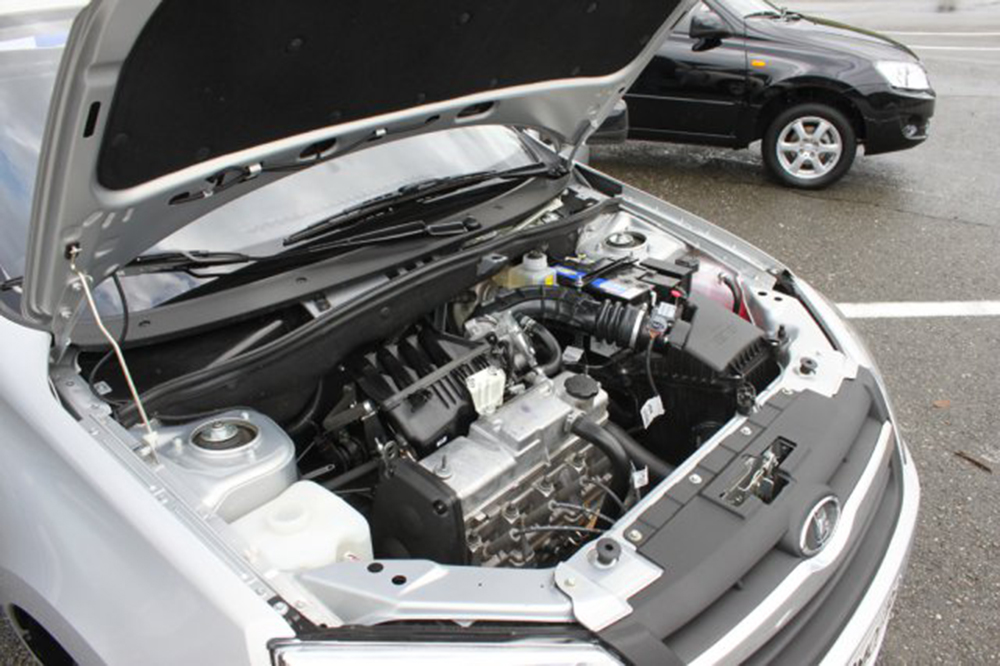
The break-in period is about 3000 km. It is during this period that the grinding and running in of more new parts takes place.
Rules to be followed in the first 3000 km of run:
- Do not change the oil that was filled at the factory.
- Tire pressure should be checked before every ride.
- Do not allow the engine to run at an engine speed of more than 3000, as well as drive for a long time at the same speed. It is optimal to use the engine in the range from 2000 to 3000 rpm.
- Correct transmission.
- The running speed must be less than 100 km/h.
- Do not use fifth gear during the first 1500 km of run.
- Do not load the vehicle (do not tow other vehicles or trailers).
- You can not brake and accelerate sharply.
- Try not to allow the engine to idle.
Breaking in the brakes
The brakes of Lada Grants in the first 500 km need to be run-in. In order for the brake pads to “get used” correctly, sharp braking must be avoided. When running, there may be extraneous noise.
Transmission run-in
To grind the friction linings, you need to smoothly switch the gearbox speeds.
Running in Volkswagen Polo Sedan
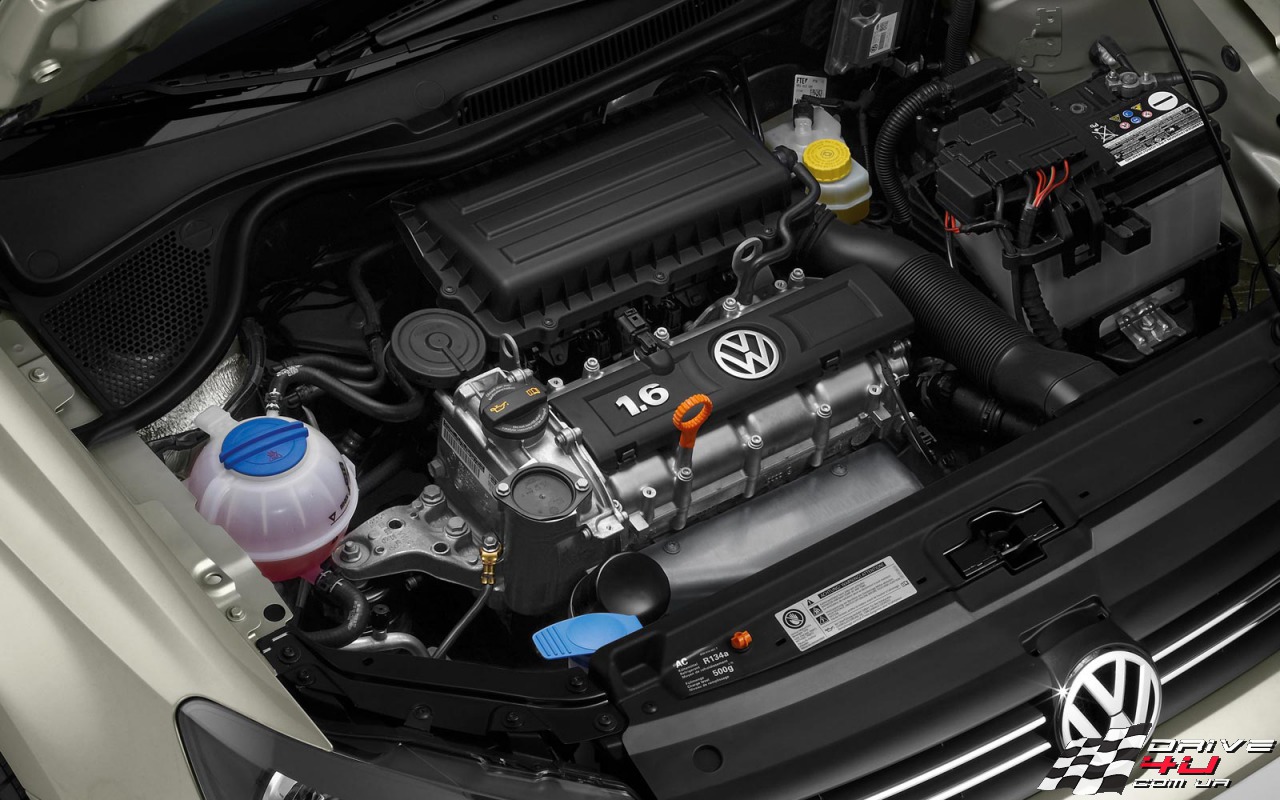
During the break-in period, the main thing is not to overload the engine. It is better to spin the engine up to 4500 rpm with a minimum load than to drive loaded at 2000 rpm. At the same time, in the first 500 kilometers, you must adhere to uniform movement (without jerks, sudden braking or sudden acceleration).
Mileage up to 500 km
In the first 50 kilometers it is better to drive in third gear at a speed of 40-50 km / h. Then you switch to fourth gear and accelerate to 60-70 km / h. At this speed, you need to drive 100-150 kilometers.
It is necessary to avoid sudden acceleration, as well as to reduce the gear and speed when driving uphill.
Mileage 500-1000
Now you can use fifth gear at speeds over 100 km / h. But movement is possible only on horizontal sections or “downhill”.
|
Broadcast |
|
|
Fourth |
|
Mileage 1000-1500
Now you can increase the engine speed to 3500.
|
Broadcast |
|
|
Fourth |
|
Mileage 1500-2000
During this break-in period, you can gradually load the engine. When accelerating, the rpm can go up to 4000.
|
Broadcast |
|
|
Fourth |
|
Results
With such behavior during the run-in, the necessary statistics of the car’s behavior will be collected, which will be useful for service station specialists. It is also desirable to do TO at the end of the break-in run, which is called TO-0.
Running in the car Kia Rio 2013
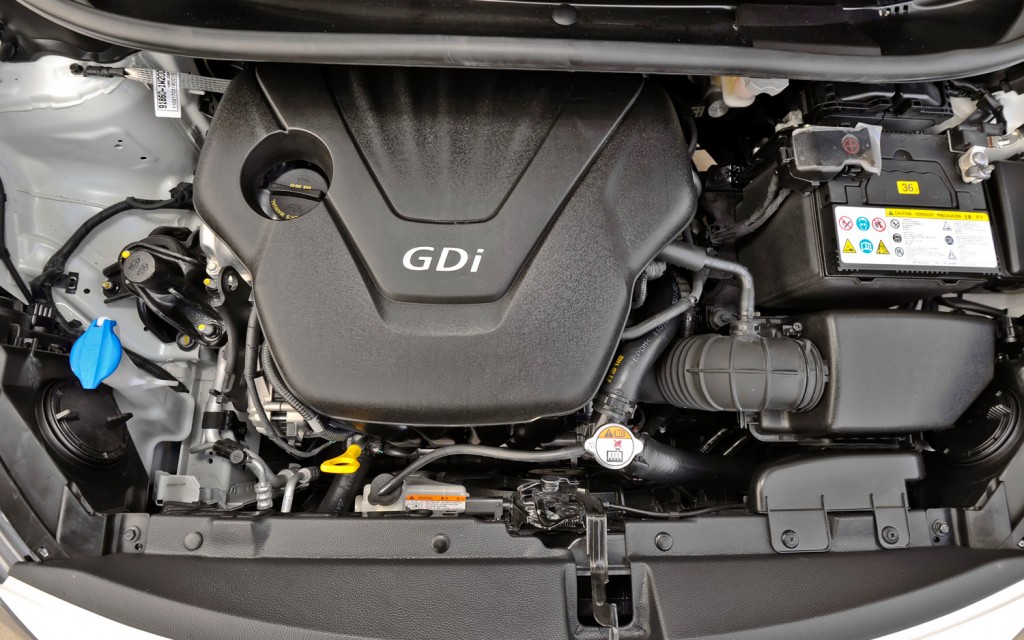
The speed must not be less than indicated in the table.
Running-in at the car - the first 2500 km of operation. It is during this period that intensive running-in of parts takes place.
Movements should only be started in first gear at low speeds.
Avoid high speeds (less than 1150 km/h) and high revs (should be less than 4000).
Avoid driving in difficult conditions. This is movement in deep snow, sand, ice, wet asphalt and more.
- Do not tow other vehicles or a trailer.
- It is necessary to monitor the temperature of the engine and the front wheel hubs. With signs of overheating or hypothermia, the causes must be immediately eliminated.
- Monitor all fasteners and tighten them in time. These can be fastenings of wheels, steering rod joints, spring ladders, steering bipods, steering knuckle levers and a silencer exhaust pipe to the engine exhaust manifold.
Running in a new car Chevrolet Niva
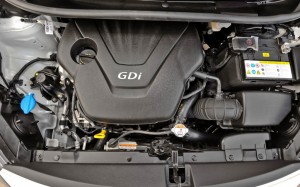
When running in a new car, do not allow high engine speeds in the first thousand kilometers (for a diesel engine, in the first 1500 kilometers). Run-in with a gasoline engine takes place in the first 3000 km, and with a diesel engine - 6000 km.
- Avoid sudden acceleration or deceleration so that the moving parts get used to each other well.
- Avoid sudden changes in crankshaft rotation (engine speed).
- Raise the RPM gradually as you run in.
- If the machine will be used in urban areas, then the running-in should be greater.
Running in a new car Renault Duster
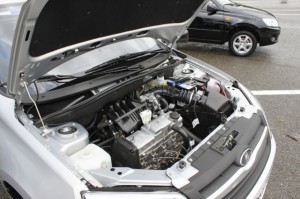
- Avoid running the engine at idle (800-900 rpm).
- In this case, you can not turn on the fifth gear on the manual transmission (fourth gear on the automatic transmission).
- Try not to brake the engine.
- Before driving, warm up the engine for several minutes at 1200-1500 rpm.
- When driving, keep the speed in the range of 2000-2500.
- Do not engage second gear until the engine is fully warmed up. In the APKK, you need to set the forced mode, so that the second gear does not turn on.
- Do not make sudden jerks when moving. As well as sudden acceleration or braking.
- If possible, avoid traffic in the city.
The ideal option for running the engine would be the track. On the track, do not shift above fourth gear and do not spin the engine above 3000 (the speed must be below 80 km / h). It is worth remembering that you need to constantly (every 10.15 minutes) change the speed (in the range of 2000-3000 rpm). Approximately every 100 kilometers, check the oil level in the engines, as well as other fluids, especially for leaks (just look under the car).
The first few hundred kilometers are very important for a car.
Transmission run-in
During the break-in period of the machine, it is prohibited to operate it off-road. It is also not recommended to connect the front axle in the first 500 kilometers. Do not tow another car or trailer for the first 1000 km.
For a good "lapping" of the pads to the discs, sudden braking should be avoided.
Oil
At the factories, “special” oil is poured without antifriction additives so that the parts quickly “roll in”. Therefore, it is recommended to change it after running in, as a lot of metal microparticles will appear in the oil. These microparticles can completely clog the engine oil filter and increase wear on a new engine. In this case, the manufacturer usually fills in mineral oil, and at the first oil change, synthetic oil is already used.
Conclusion
A new car needs a lot of attention. For example, you need to check the oil level every day to avoid subsequent problems. It is also advisable to run the car on a good asphalt road.







